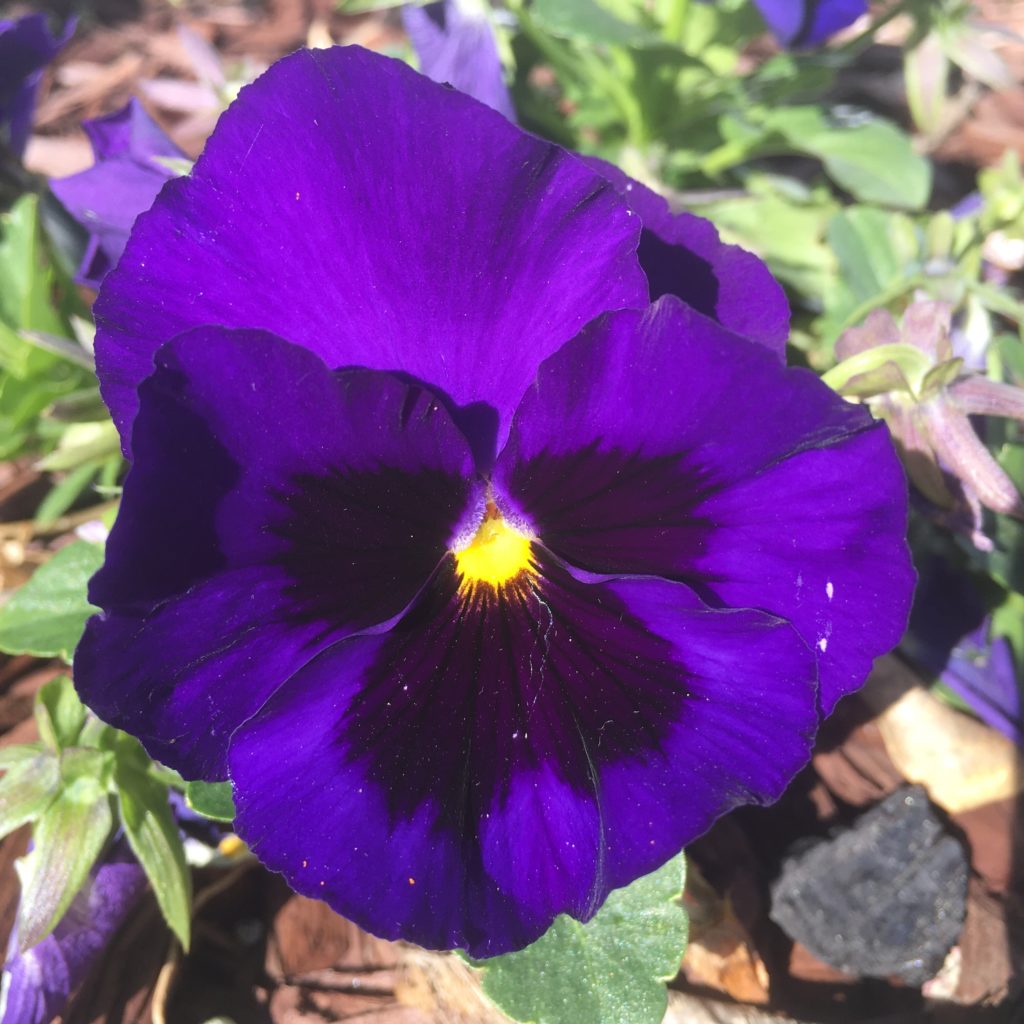
This year, I want to change the way I experience the internet. In both architecture and rhetoric, we talk about ductus: simply put, the way in which the pathway influences our experience of the content. Imagine entering a cathedral and moving from a small, enclosed narthex to the nave and into the crossing. The experience of the space is very different than if you had entered from the porch’s side entrance.
I want to forcibly change my experience of the web by building a new path. A slower path. A quieter path. At the risk of sounding like an aging technologist who first surfed the World Wide Web from a dial-up modem (which I did), I want to recreate to the extent possible that experience. Fewer inputs. Smaller circles. Less connection.
Social media offers us a great, almost irresistible level of connection, but it never stops moving. I want to find space to disconnect, reflect, and muddle about. I want richer content with less focus on personal brands. I want cool takes. I want the ability to disconnect for days without consequence. I don’t want the pressure of real-time information.
These are some of the initial steps I’m taking to create a quieter internet for myself:
- remove social media apps from my mobile device
- stop posting to social media (I may allow myself 2-3 tweets per week)
- set up an RSS reader on my desktop machine
- subscribe to a small, manageable selection of feeds
- when I feel the urge to surf, scroll or wander, start at metafilter, LibraryThing, or a random wikipedia page
- spend time curating my bookmarks (possibly revisiting old ones)
- share my thoughts and findings here
Some say the heyday of blogging is over. Google Reader is dead (may it live on forever in our memory) and many of the great blogs of the late aughts and early teens have gone silent, but it is still possible to find quality, long(er)-form content out there. This new year, I want to go back on an RSS-based diet.